A Conventional Fire Alarm divides your premises into broad zones, and in the event of an alert, the Fire Alarm Panel identifies the zone, but not the precise location. They are ideally suited for smaller offices, buildings, warehouses, shops and smaller business applications. The premises would be small enough to establish which one of the detection devices within the zone has been activated.
Conventional Fire Alarm Systems consist of manual call points, fire detectors, sounders, beacons, and other devices grouped into zones. Each zone is a single wiring circuit which represents a physical area within a building. Conventional panels can narrow down the location of a possible fire or fault as being somewhere within one or more zones.
Conventional Fire Alarm Panels are available in flush or surface mountable plastic enclosure, 2, 4 and 8 zone versions are available, each featuring four conventional sounder circuits, class change and alert inputs, on-board fire and fault relays and combined keypad/key switch entry.
Benefits Of Conventional Fire Alarms:
- Conventional Fire Alarms can be set up in zones, with each zone hardwired to a control panel or zone expander
- Conventional Fire Alarm Systems are much less expensive
Apart from the very smallest premises, the system is split into areas (described as zones) – the number of zones being determined by the layout and size of the building.
In the event of activation of the system, it is necessary to search the relevant zone area to identify which device has activated.
Fixfire® offers both “two-wire” and “four-wire” conventional systems, compliant with BS5839 Part 1 Fire Alarm Systems.
"Two-wire” systems incorporate warning devices which are installed on the same circuit(s) as the detection devices and therefore use less cabling. While the hardware cost is greater, the saving in installation materials and labour usually reduces the overall installation cost.
Fixfire® offers resettable manual call points which incorporate a simple test-key facility that makes user “weekly testing” a quick and simple operation.
The conventional range of fire detectors from Fixfire® are minimalistic in design and proven for false alarm-free reliable operation.
Alarm sounders are available in “Room-only” or “Open-area” versions.
“Room-only” sounders fit beneath the fire detector resulting in an unobtrusive and neat appearance.
“Open-area” sounders are normally wall-mounted and offer greater sound output. They are installed in many situations, especially where appearance is not an issue.
In order to alert persons who are hard of hearing or working in areas where there is a high ambient noise level, Fixfire® offers a complete range of standalone or combined sounder and beacon units.
KeyCall® is a revolutionary patent-granted Key Operated Fire Alarm Activation Device which has been developed specifically for ‘approved’ applications where standard fire alarm call points would be vulnerable to abuse. Developed by Fixfire® in response to growing demand from the Mental Health Care sector, KeyCall® is a revolutionary one-piece analogue addressable key operated manual call point.
Compatible with a wide range of Conventional and Addressable Fire Alarm Systems.
KeyCall® accepts a Euro-Profile style cylinder
Typically suited/keyed-alike cylinders are fitted so that authorised persons can activate KeyCall® using their standard door key.
Key ‘Click-latch’ mechanism ensures key ‘latches’ in correct position to activate Fire Alarm System.
Anti-ligature low-profile flush-mounting design.
Neat minimalistic one piece construction incorporating Fire Alarm interface module.
Red fire indicator illuminates when KeyCall® is activated.
Compatible with a wide range of Conventional and Addressable Fire Alarm Systems
Applications include:
- Prisons
- Mental Healthcare
- Special Educational Needs (SEN) School




8-Zone Conventional Fire Alarm Panel
British Standard Design requirements...
- Install AFD to voids greater than 800mm
- Treat downward projections exceeding 10% of the void depth as wall
BS5839-Part 1:2013 states:
22.2d) If the system Category is such that automatic fire detection should be provided in any area that contains a horizontal void of 800 mm or more in height, automatic fire detection should also be provided in the void.
22.3j) Ceiling obstructions, such as structural beams, deeper than 10% of the overall ceiling height should be treated as walls [see Figure 10a)]. NOTE 10 Within horizontal voids, beams or obstructions that are deeper than 10% of the overall depth of the void regardless of whether the void is above the ceiling or below the floor, ought to be treated as walls that subdivide the void.
VoidAlert Remote Indicator

Related Downloads

Click a sector to find out more
A Conventional Fire Alarm divides your premises into broad zones, and in the event of an alert, the Fire Alarm Panel identifies the zone, but not the precise location. They are ideally suited for smaller offices, buildings, warehouses, shops and smaller business applications. The premises would be small enough to establish which one of the detection devices within the zone has been activated.
Conventional Fire Alarm Systems consist of manual call points, fire detectors, sounders, beacons, and other devices grouped into zones. Each zone is a single wiring circuit which represents a physical area within a building. Conventional panels can narrow down the location of a possible fire or fault as being somewhere within one or more zones.
Conventional Fire Alarm Panels are available in flush or surface mountable plastic enclosure, 2, 4 and 8 zone versions are available, each featuring four conventional sounder circuits, class change and alert inputs, on-board fire and fault relays and combined keypad/key switch entry.
Benefits Of Conventional Fire Alarms:
- Conventional Fire Alarms can be set up in zones, with each zone hardwired to a control panel or zone expander
- Conventional Fire Alarm Systems are much less expensive
Apart from the very smallest premises, the system is split into areas (described as zones) – the number of zones being determined by the layout and size of the building.
In the event of activation of the system, it is necessary to search the relevant zone area to identify which device has activated.
Fixfire® offers both “two-wire” and “four-wire” conventional systems, compliant with BS5839 Part 1 Fire Alarm Systems.
"Two-wire” systems incorporate warning devices which are installed on the same circuit(s) as the detection devices and therefore use less cabling. While the hardware cost is greater, the saving in installation materials and labour usually reduces the overall installation cost.
Fixfire® offers resettable manual call points which incorporate a simple test-key facility that makes user “weekly testing” a quick and simple operation.
The conventional range of fire detectors from Fixfire® are minimalistic in design and proven for false alarm-free reliable operation.
Alarm sounders are available in “Room-only” or “Open-area” versions.
“Room-only” sounders fit beneath the fire detector resulting in an unobtrusive and neat appearance.
“Open-area” sounders are normally wall-mounted and offer greater sound output. They are installed in many situations, especially where appearance is not an issue.
In order to alert persons who are hard of hearing or working in areas where there is a high ambient noise level, Fixfire® offers a complete range of standalone or combined sounder and beacon units.






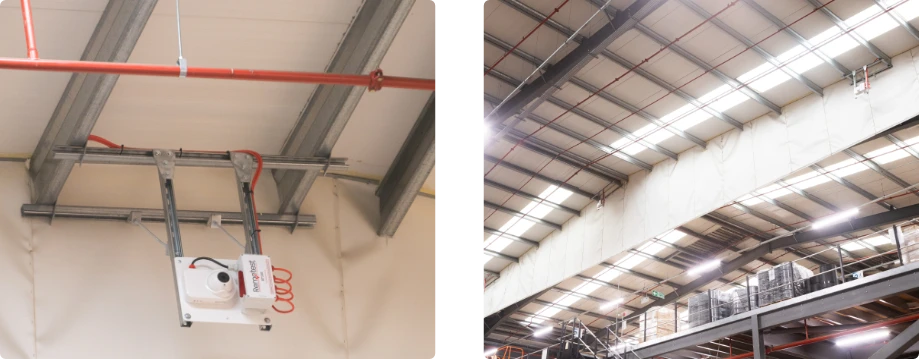

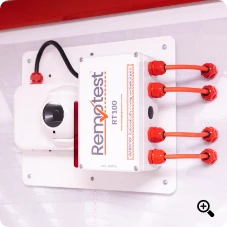
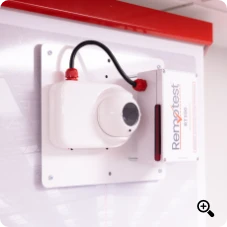
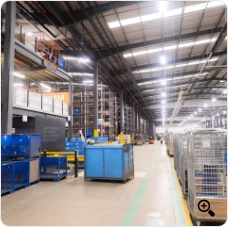
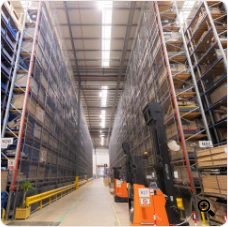
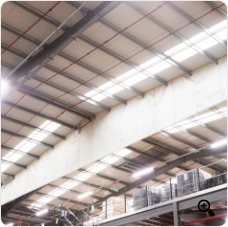
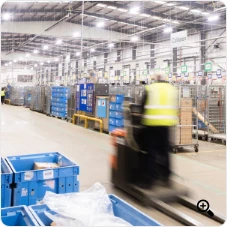
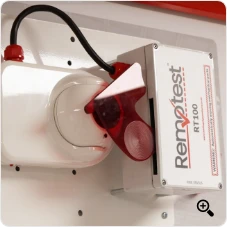

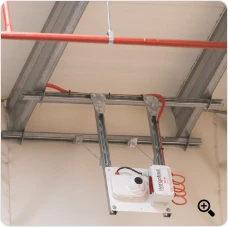
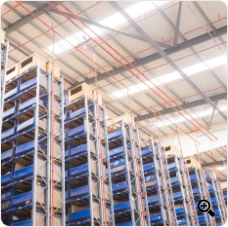





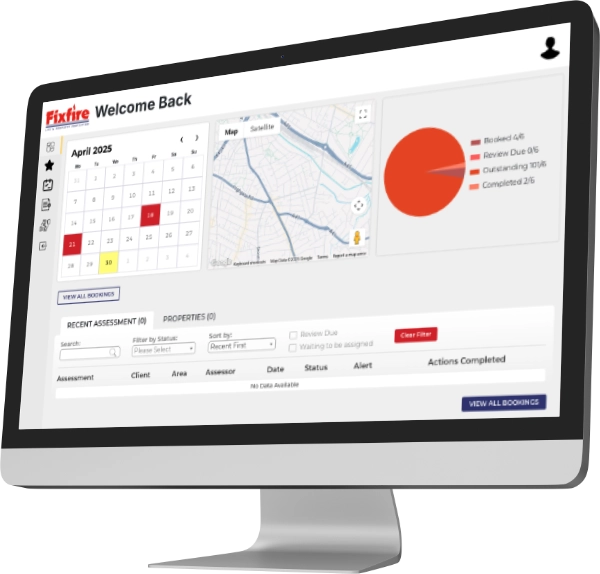
.webp)























































































.webp)











.webp)





















































.webp)


